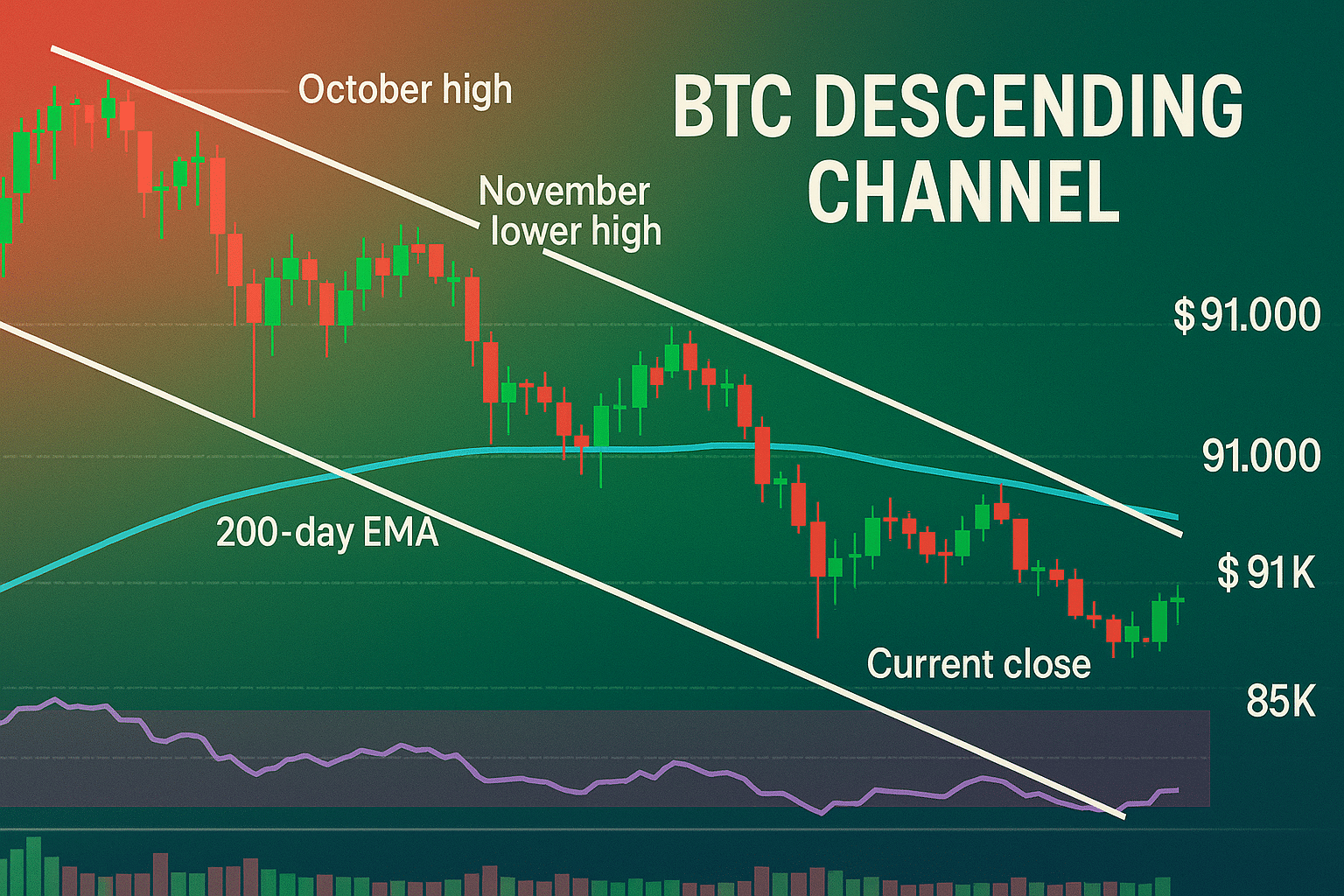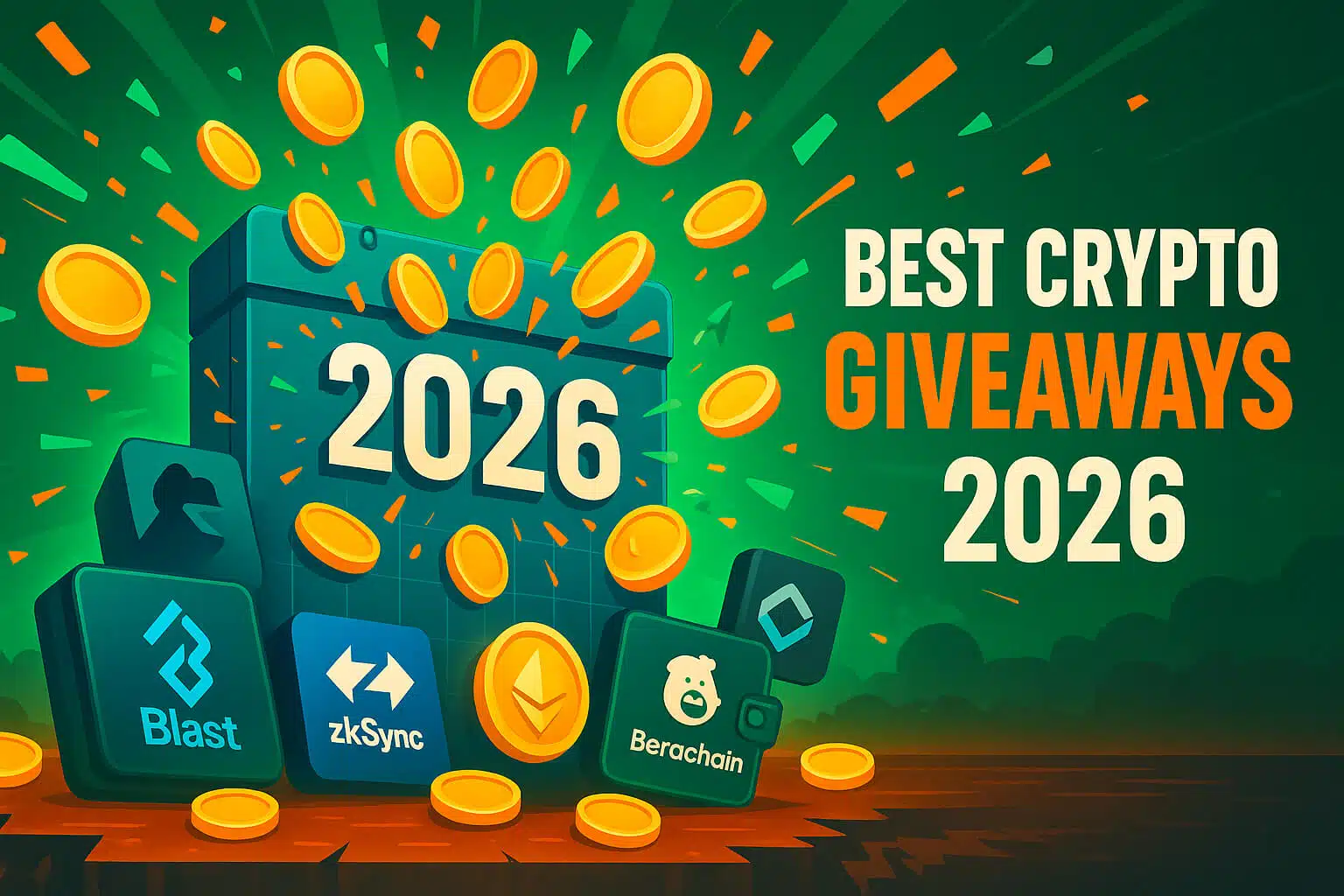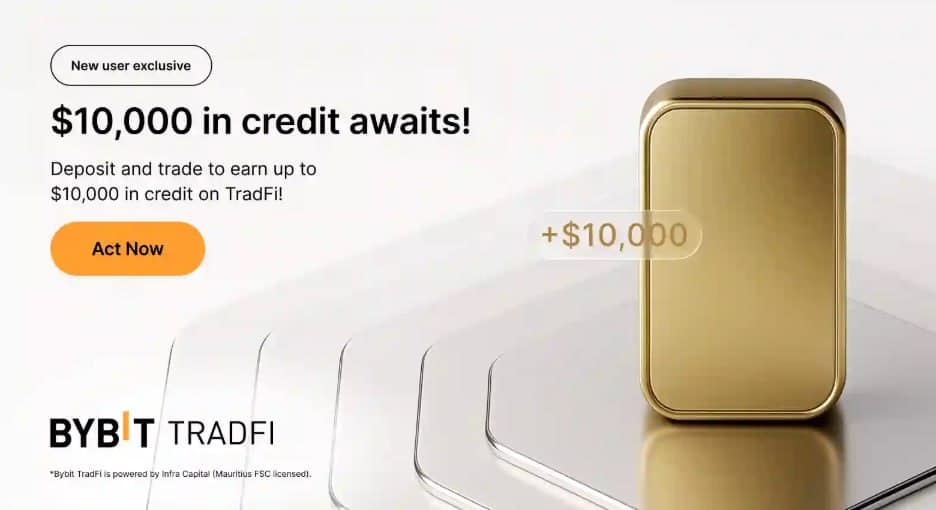Airdrops and Token Burns: Understanding the Connection
Airdrops and token burns are two significant strategies in cryptocurrency tokenomics. While they serve different purposes, they can complement each other to enhance a project’s value, distribution, and overall market dynamics. This article explains the relationship between airdrops and token burns, detailing how they can work together in tokenomics strategies.
Understanding Airdrops and Token Burns
What are Airdrops?
Airdrops involve distributing free tokens to a specific group of cryptocurrency holders or the broader community. They are used to increase awareness, reward loyal users, and encourage wider adoption of a project.
Example:
- Enjin (ENJ) Airdrop: Enjin conducted airdrops to reward its community and promote the use of its gaming ecosystem.
- Link: Enjin
What are Token Burns?
Token burns involve permanently removing a certain amount of cryptocurrency from circulation. This is usually achieved by sending the tokens to an unspendable address. Token burns are used to reduce supply, increase scarcity, and potentially boost the value of the remaining tokens.
Example:
- Binance Coin (BNB) Token Burn: Binance periodically burns BNB tokens to reduce supply and increase the value of the remaining tokens.
- Link: Binance
How Airdrops and Token Burns Complement Each Other
Enhancing Token Distribution and Scarcity
Can work together to balance token distribution and scarcity. Airdrops ensure tokens are widely distributed, reaching new users and encouraging adoption. Conversely, token burns reduce the total supply, increasing scarcity and potentially boosting the token’s value.
Example:
- TRON (TRX) Airdrop and Burn: TRON used a combination of airdrops to distribute tokens and token burns to manage supply and support price stability.
- Link: TRON
Supporting Token Value
By distributing tokens through airdrops and subsequently burning a portion of the total supply, projects can support token value. Airdrops can create initial interest and liquidity, while token burns can reduce inflationary pressure, supporting long-term value.
Example:
- Theta (THETA) Airdrop and Burn: Theta used airdrops to increase token distribution and burns to support the value of THETA tokens.
- Link: Theta
Boosting Community Engagement
Airdrops can boost community engagement by rewarding active participants, while token burns can maintain interest by demonstrating the project’s commitment to increasing token value. This combination can create a loyal and engaged community.
Example:
- VeChain (VET) Airdrop and Burn: VeChain has used airdrops to engage its community and token burns to increase the scarcity and value of VET tokens.
- Link: VeChain
Case Studies: Successful Integration
Stellar (XLM) Airdrop and Burn
Stellar has effectively used both airdrops and token burns to manage its token supply and distribution. By airdropping XLM tokens to new users and burning a portion of the supply, Stellar has maintained a balanced approach to tokenomics.
Impact:
- Wider Distribution: Airdrops have increased the number of XLM holders, promoting adoption.
- Increased Value: Token burns have reduced the supply, supporting the value of XLM tokens.
- Link: Stellar
NEO (NEO) Airdrop and Burn
NEO has utilized a combination to enhance its ecosystem. Airdrops have been used to distribute GAS tokens to NEO holders, while periodic burns of GAS tokens help manage supply and value.
Impact:
- Ecosystem Growth: Airdrops have supported the growth of the NEO ecosystem by distributing GAS tokens.
- Supply Management: Token burns have helped maintain the value of GAS tokens by reducing supply.
- Link: NEO
Best Practices
Plan Airdrops Carefully
Ensure that airdrops are well-planned to reach the intended audience and achieve specific goals, such as increasing user base or rewarding loyal participants.
Example:
- EOS (EOS) Airdrop: EOS planned airdrops to distribute tokens to its community, supporting the platform’s growth.
- Link: EOS
Schedule Regular Token Burns
Regular token burns can help manage token supply and support long-term value. Transparency in the burn process is crucial to maintain trust within the community.
Example:
- KuCoin Shares (KCS) Token Burn: KuCoin regularly burns KCS tokens, providing transparency and supporting token value.
- Link: KuCoin
Maximize Your Crypto Experience with Bybit
For an enhanced trading experience, consider Bybit. Sign up through our referral link to unlock exclusive rewards, including up to $30,000 in deposit bonuses, and elevate your trading journey.
Get more informations about the other Top Cryptocurrencies!
Stay Updated
For the latest airdrops and crypto news, follow us on:


















